You Could Have Dyshidrotic Eczema if You Have These Excruciating Red Bumps
You’ll undoubtedly want to spend more time outside basking in the sun as summer approaches. But if you’re worried about your eczema breakout all the time, it might be hard to enjoy yourself to the fullest when you’re outside. Particularly in the spring, dyshidrotic eczema is widespread; if you’re breaking out in tiny, itchy blisters all over your body, you could have this common type of eczema. The first step to feeling better is to understand as much as you can about what’s happening on with your body and take informed action to fix it, even though eczema isn’t always curable (yet).
What is Eczema?
The term “eczema” refers to a collection of conditions that result in skin irritation. Another common name for it is dermatitis. The occurrence of eczema on hands and other parts of the body is thought to affect 35 million Americans, making it a persistent issue for many. Children under the age of five are the starting point of 70% of those instances. The skin will become red, itchy, and swollen during an eczema flare-up, along with fluid-filled pimples that occasionally leak and crust. Eczema is not communicable and is frequently brought on by an allergic response. It cannot be cured, however it may also run in the family. Treatment, however, is an effective way to control flare-ups [1].
One of the most prevalent forms of eczema is dyshidrotic eczema, which affects the body in a variety of ways.
What is Dyshidrotic Eczema?
Small, excruciatingly irritating blisters on the tips of fingers, toes, palms, and soles of the feet are a typical symptom of dyshidrotic eczema. Because seasonal allergens are linked to dyshidrotic eczema, blisters are more likely to appear in the spring. These blisters can cause excruciating agony and may take weeks to go away [2].
Don’t worry if this kind of eczema is unfamiliar to you; it is also known by a few other names, such as [3]:
- Pedopompholyx: a foot condition
- Cheiropompholyx: a hand-related condition
- Palmoplantar vesicular eczema
- Eczema of the feet and hands Dyshidrosis
- dermatitis dyshidrotic
- vesicular dermatitis
- Pompholyx Dyshidrotic Eczema Symptoms
The ways that different types of eczema manifest themselves also differ differently, which is reflected in the differences in therapy. Therefore, it’s critical to identify your dyshidrotic eczema for what it is in order to cure yourself. Although the skin becomes inflamed in all varieties of eczema, they differ from one another. The first step to symptom relief for dyshidrotic eczema is accurately diagnosing your condition.
The following are typical signs of dyshidrotic eczema [3]:
- Blisters that have set deeply on the hands and feet, especially on the fingers, toes, palms, and soles
- Itching Sensitivity
- Smearing
- cracked and scaly skin
- Anguish
- Why Does Dyshidrotic Eczema Occur?
Though it can affect persons of any age, adults between the ages of 20 and 40 are the most likely to experience dyshidrotic eczema; it is twice as frequent in women as in males. Dyshidrotic eczema is more common in people who have hay fever, atopic eczema, or contact dermatitis. Dyshidrotic eczema is also inherited, therefore the chance of developing it rises if you have a close family who has it [3]. It is true that dyshidrotic eczema is prone to infection, which slows down the healing process [3]. In order to obtain advanced therapy, get in touch with your healthcare practitioner very away if you think this applies to you.
How to Handle Hand Dyshidrotic Eczema
Although dyshidrotic eczema cannot be cured, it may often be controlled with medication. Although there is no foolproof method to stop flare-ups, following a proper skincare routine will help fortify your skin’s resistance to inflammation.
Traditional Care
While natural remedies that are less intrusive on the body can treat most cases of dyshidrotic eczema, dyshidrotic eczema treatment cream is frequently used to treat severe cases (e.g., a corticosteroid cream or ointment or a prescription injection or tablet).
Other therapies include of [4]:
- Large blisters being drained by UV light treatments
- antihistamines
- several anti-itch creams and ointments that inhibit the immune system, such Protopic and Elidel
- See also: Woman Receives Turmeric Facial, Leaves With Orange Skin
Eczema Natural Treatments
These therapies are not the ideal option for health-conscious people, and medical specialists frequently suggest a more natural remedy. Generally speaking, one of the greatest strategies to manage your eczema is to keep your skin hydrated and clean. Your symptoms will determine the type of treatment you apply and how often you apply it, but with this natural, at-home method, you may feel secure in the decisions you make about what you put on your skin.
Refrigerated Compressors
In order to lessen skin irritation, soak the region where the flare-up occurred and use cold compresses for 15 minutes at a time. For best results, repeat this procedure two to four times over the day and then apply a moisturizer to the afflicted region. (The little video up top will demonstrate how to use cold compresses at home to ease eczema symptoms!)
Vera Aloe
One well-known use of aloe vera is to relieve sore skin. Furthermore, it will facilitate the acceleration of your recuperation process. Break off a piece of the plant and apply the thick gel to your irritated skin to maximize the benefits of aloe. Alternatively, you may get a natural aloe vera lotion bottle at your neighborhood drugstore.
Oat flour
Oatmeal’s well-established anti-inflammatory qualities make it a popular choice for treating skin disorders [5]. By immediately applying oatmeal to your sensitive skin, you may help your eczema symptoms go down and restore the happiness and health to your skin.
The Final Word
It’s critical to identify the type of eczema you have in order to treat it more effectively. You ought to relish every moment of summertime sunshine, devoid of discomfort and shame stemming from a flare-up of your eczema. Acquiring as much knowledge as possible about the workings of your body will enable you to treat your eczema symptoms early on and return to the sunshine.

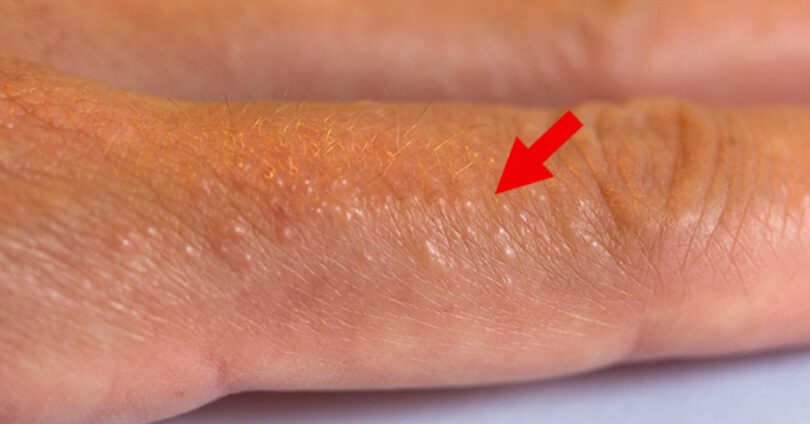
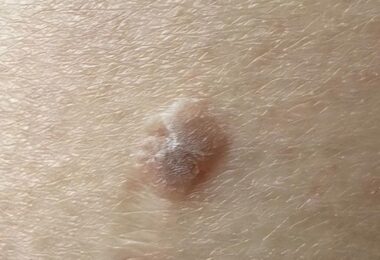

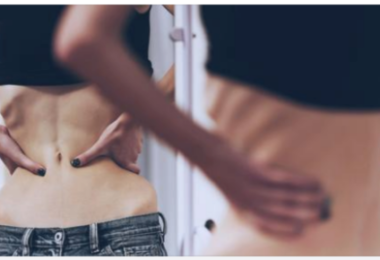

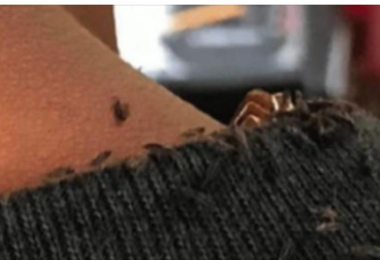
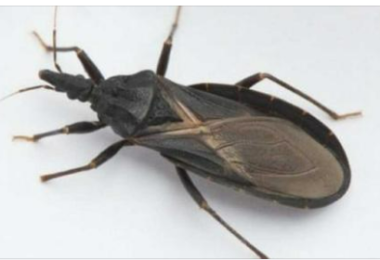
Leave a Comment